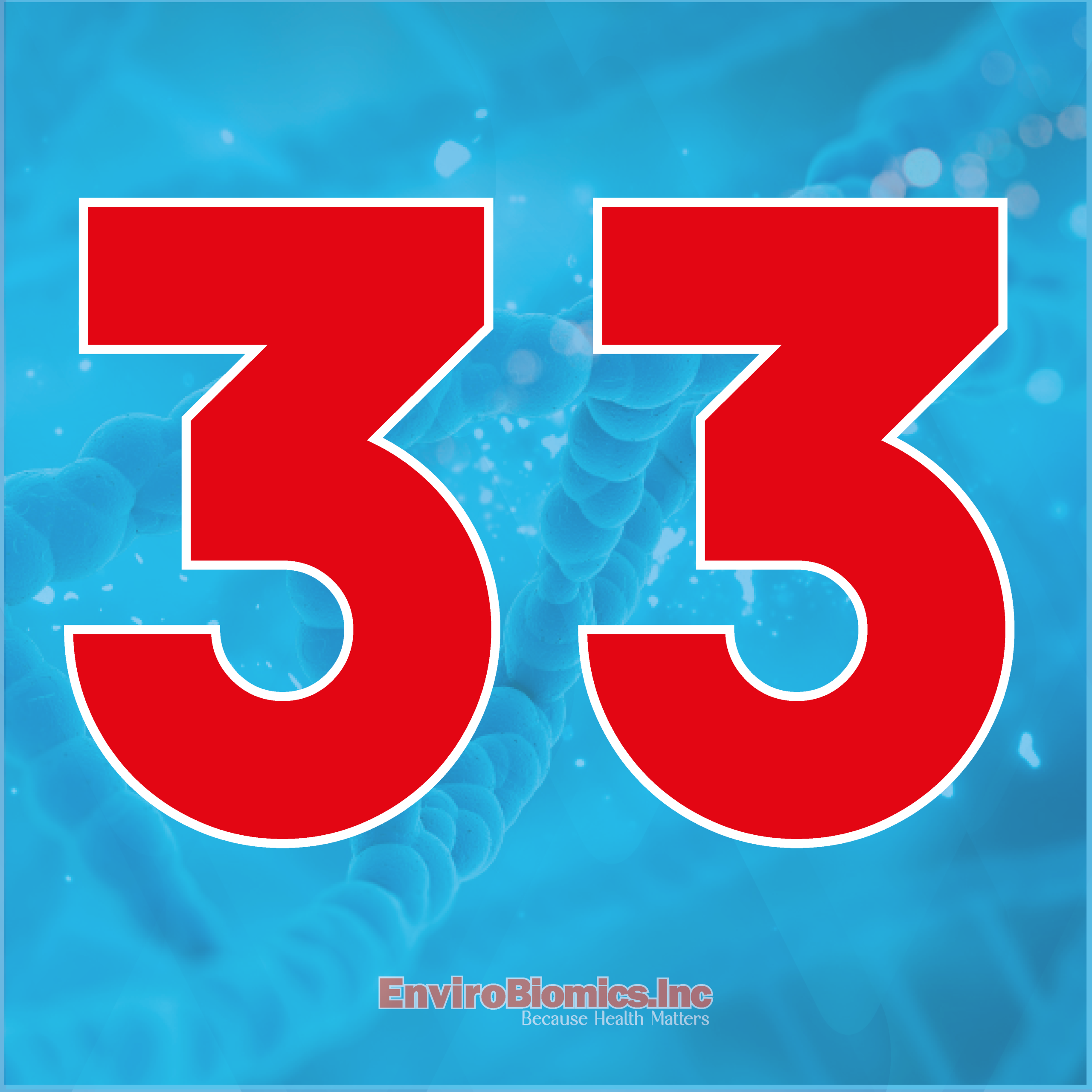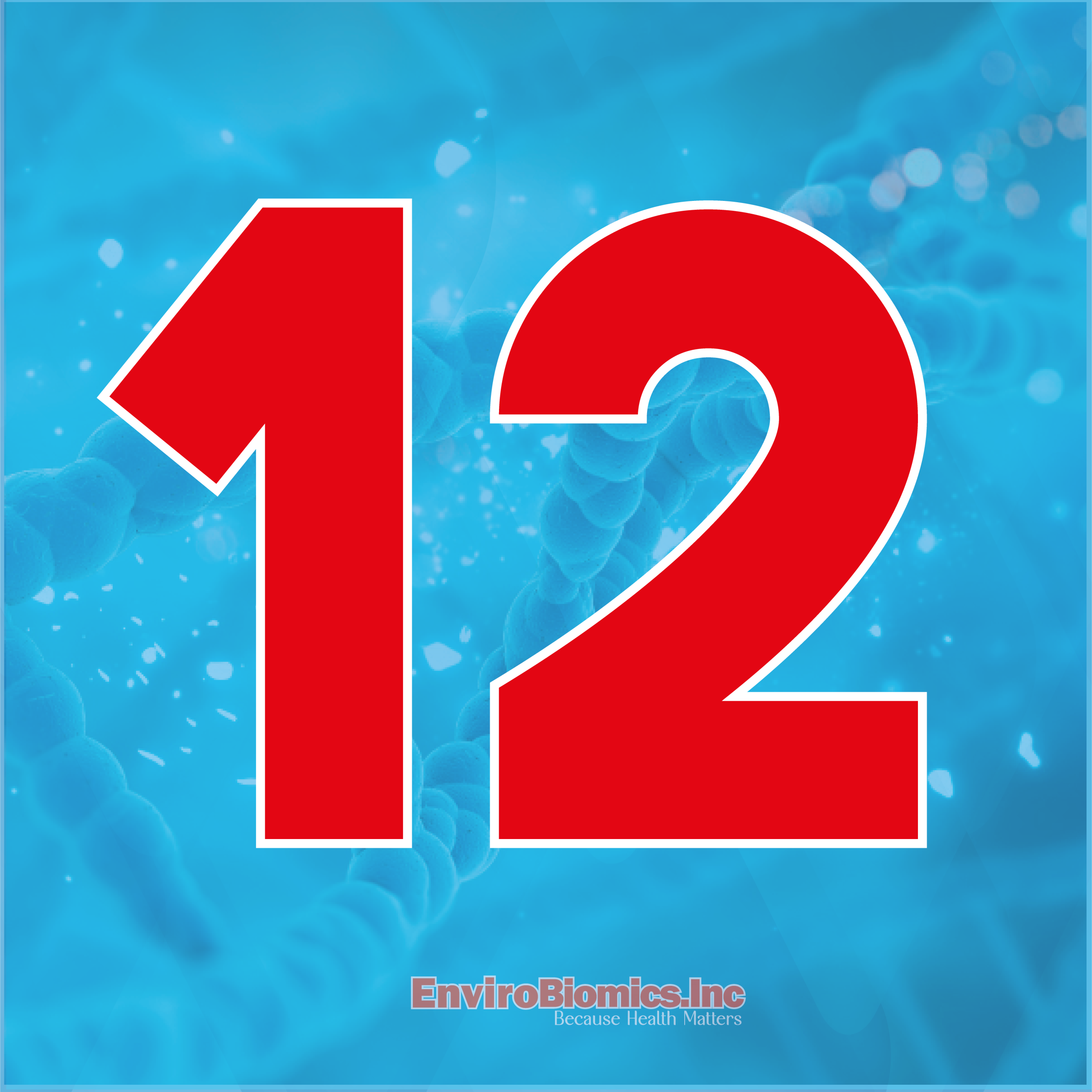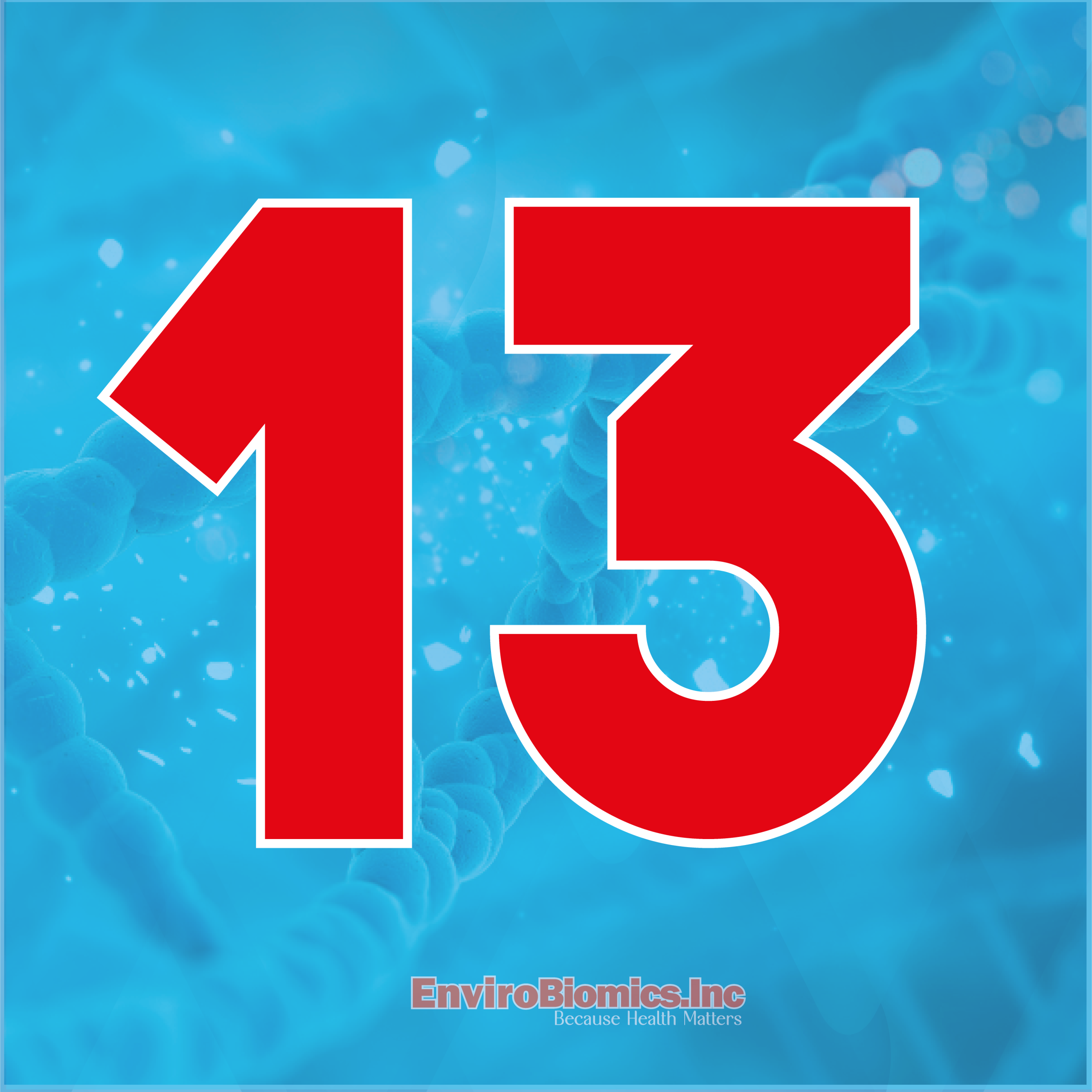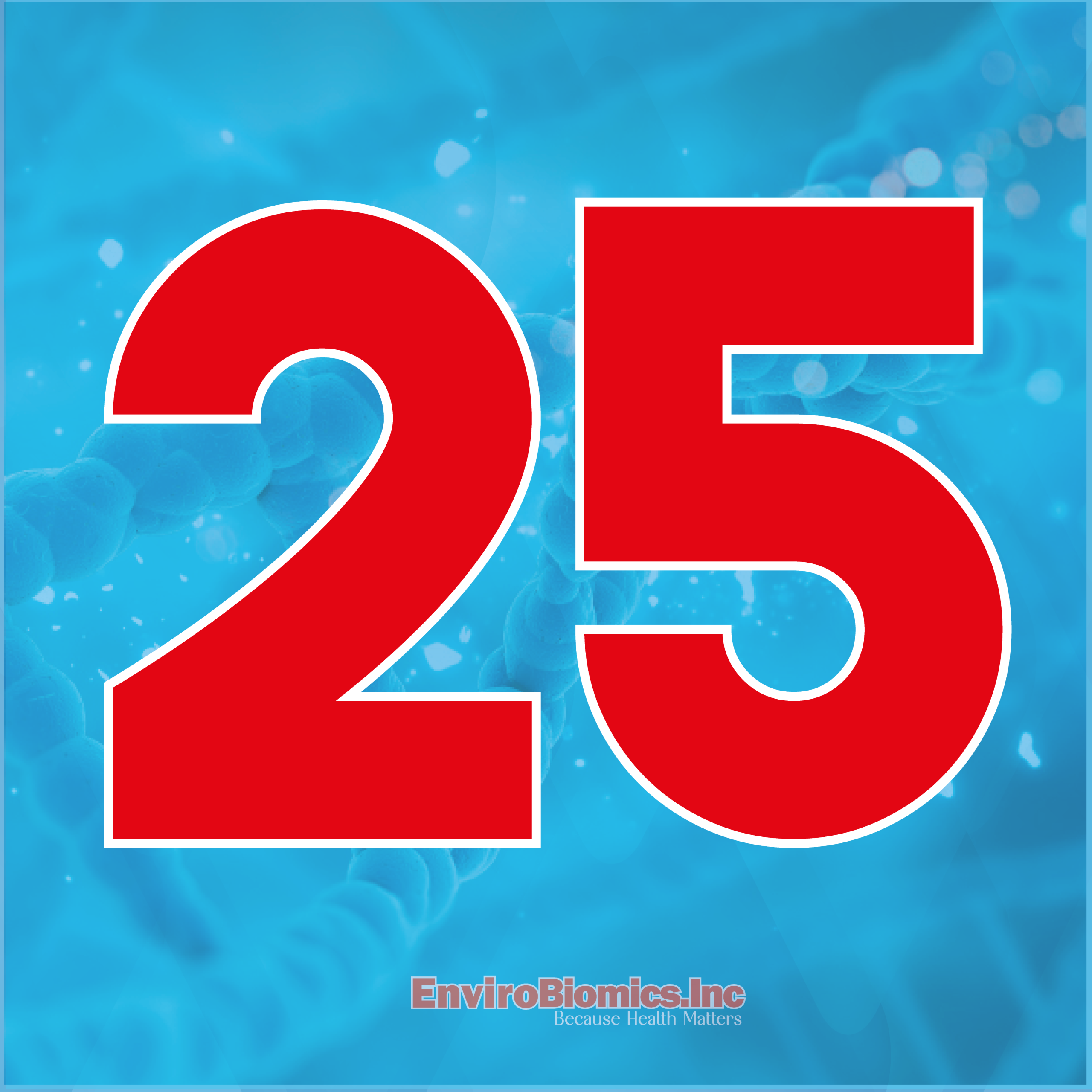
HLA ( Human Leukocyte Antigen )
$200
The Human Leukocyte Antigen (HLA) system comprises genes located on chromosome 6. These genes encode proteins found on cell surfaces, playing a crucial role in regulating the human immune system.
All orders are processed according to the turnaround time selected
We only process orders on business days.
Overnight Kits shipping
If you need an overnight, please place the order before 3 PM CST to be able to fulfill your order; otherwise, it will be left for the next day for logistics reasons. All our shipping is calculated in business days.
CIRS (Chronic Inflammatory Response Syndrome) is a condition marked by an exaggerated immune response to biotoxins produced by specific types of mold, bacteria, or other environmental factors. Individuals with CIRS often possess a genetic predisposition that impairs their capacity to efficiently eliminate these toxins from their bodies. Among the significant genetic indicators linked to CIRS are the HLA (Human Leukocyte Antigen) genotype, particularly HLA-DR and HLA-DQ. These genes are integral components of the major histocompatibility complex (MHC) in humans, playing a pivotal role in modulating the immune system’s reaction to external agents, such as toxins and pathogens. Specific HLA-DR and HLA-DQ alleles, as
outlined in the table below, have been associated with heightened susceptibility to CIRS. While the presence of these HLA genotypes doesn’t guarantee the onset of CIRS, it can elevate the risk, particularly when coupled with exposure to mold or other biotoxins. HLA testing aids healthcare providers in evaluating an individual’s vulnerability to CIRS and shaping treatment strategies, such as recommended avoiding mold-contaminated environments and tailoring management for those with suspected or diagnosed CIRS.
HLA Genes:
The Human Leukocyte Antigen (HLA) system comprises genes located on chromosome 6. These genes encode proteins found on cell surfaces, playing a crucial role in regulating the human immune system. The specific HLA type and the associated immune response play a pivotal role in determining whether a person develops the inflammation that leads to CIRS.
Dr. Shoemaker’s analysis of international gene registries, corroborated by case-controlled studies, indicates that 24% of the population exhibits a “mold susceptible” HLA haplotype. This susceptibility puts them at risk of developing chronic biotoxin-related illnesses from exposure to water-damaged buildings.
Additionally, he observed that 21% of the population has “Lyme susceptible” HLA haplotype, making them more prone to developing chronic illness following exposure to biotoxins after contracting Lyme disease. Depending on their unique HLA gene combinations, individuals may be susceptible to one or more biotoxin-related illnesses.
| DRB1 | DQ | DRB3 | DRB4 | DRB5 | |
|---|---|---|---|---|---|
| Multisusceptible | 4 | 3 | 53 | ||
| 11/12 | 3 | 52B | |||
| 14 | 5 | 52B | |||
| Mold Susceptible | 7 | 2/3 | 53 | ||
| 13 | 6 | 52A, B, C | |||
| 17 | 2 | 52A | |||
| 18* | 4 | 52A | |||
| Borrelia, Post Lyme Syndrome | 15 | 6 | 51 | ||
| 16 | 5 | 51 | |||
| Dinoflagellates | 4 | 7/8 | 53 | ||
| Multiple Antibiotic Resistant Staph Epidermis (MARCoNS) | 11 | 7 | 52B | ||
| No Recognized Significance | 8 | 3, 4, 6 | |||
| Low Risk Mold | 7 | 9 | 53 | ||
| 12 | 7 | 52B | |||
| 9 | 9 | 53 |
| Turn Around Time | 5 Days |
|---|---|
| Item Type | Buccal Swab |
Related products
-
Mycotoxin
$250 – $265Price range: $250 through $265 -
Actino Dust ®
$245 – $295Price range: $245 through $295 -
Avian Pathogen
$130 – $277Price range: $130 through $277



